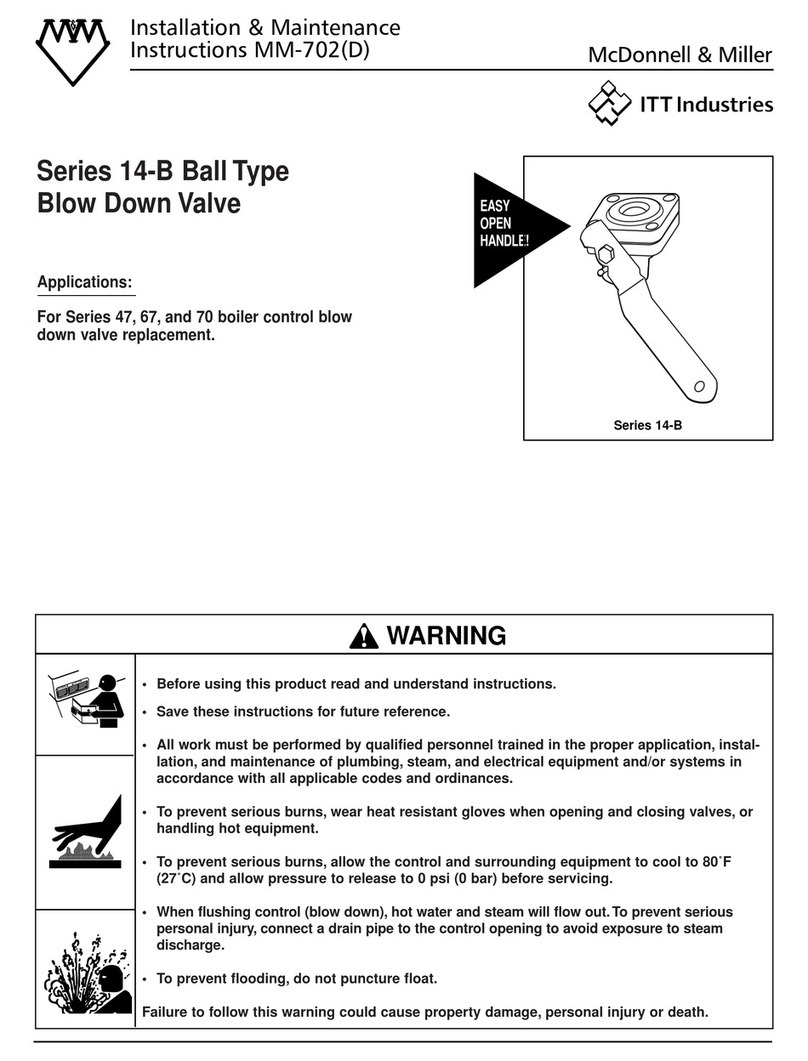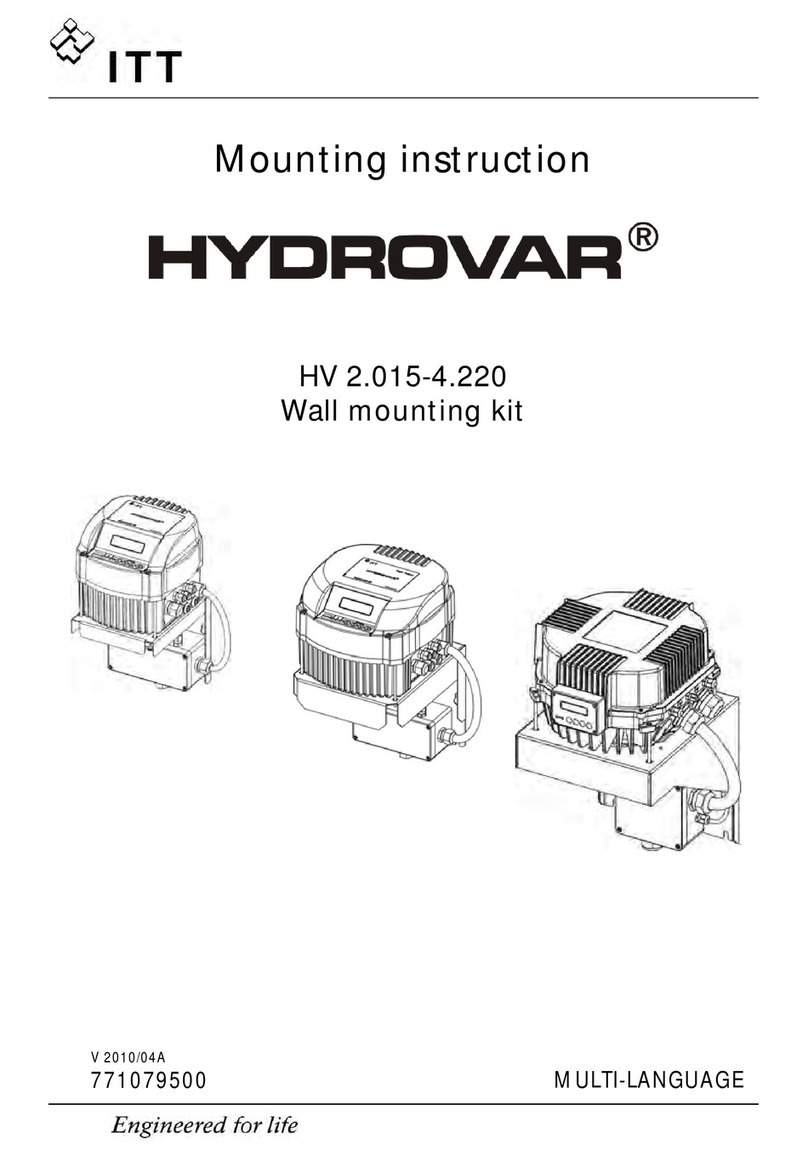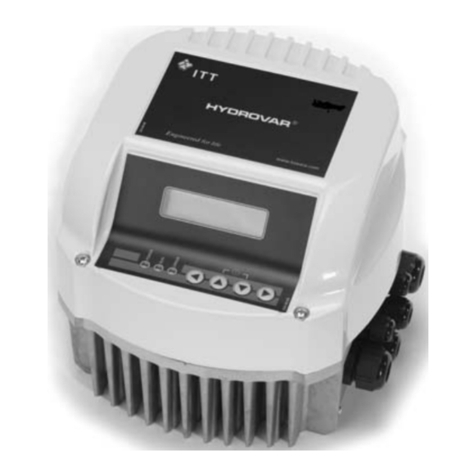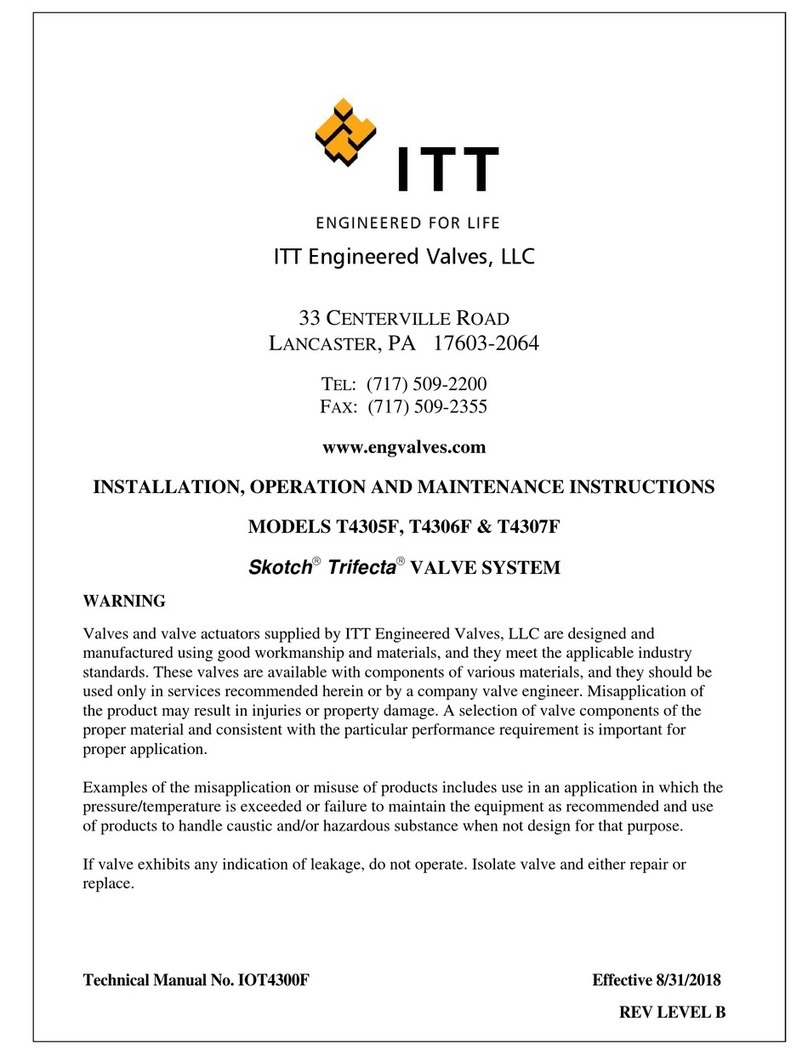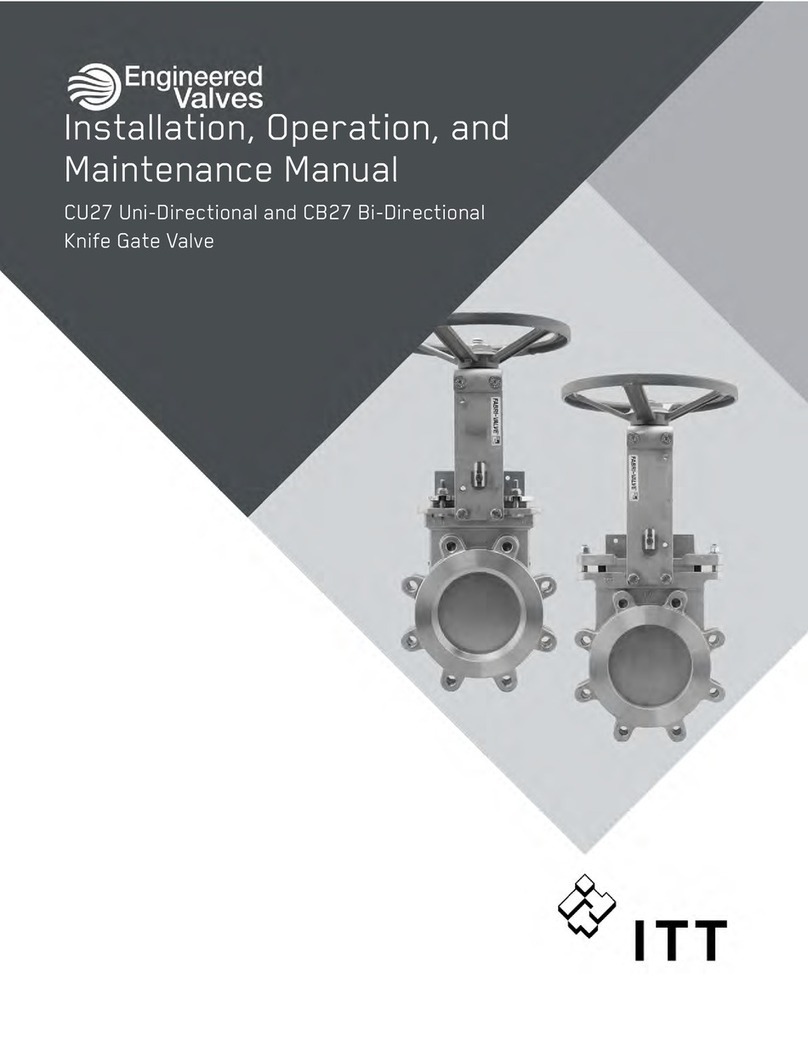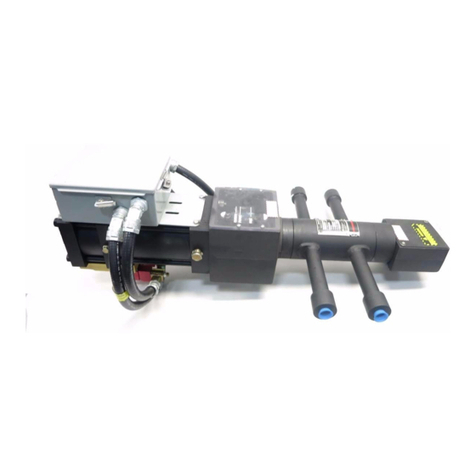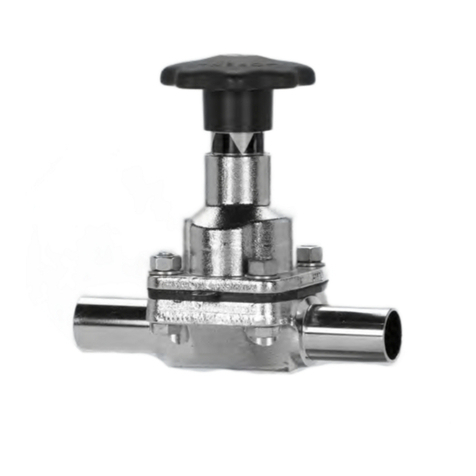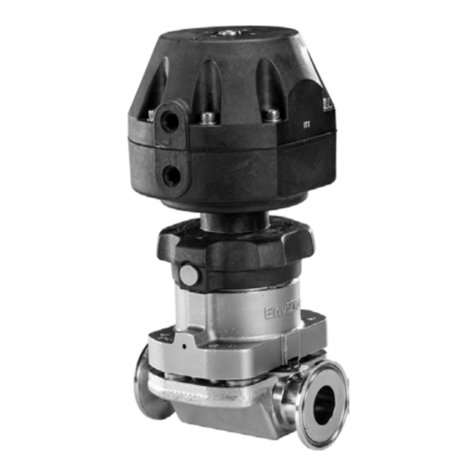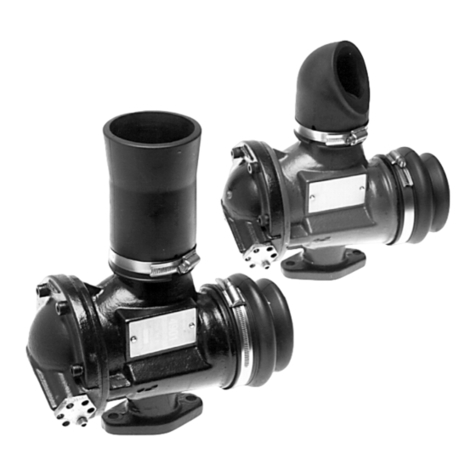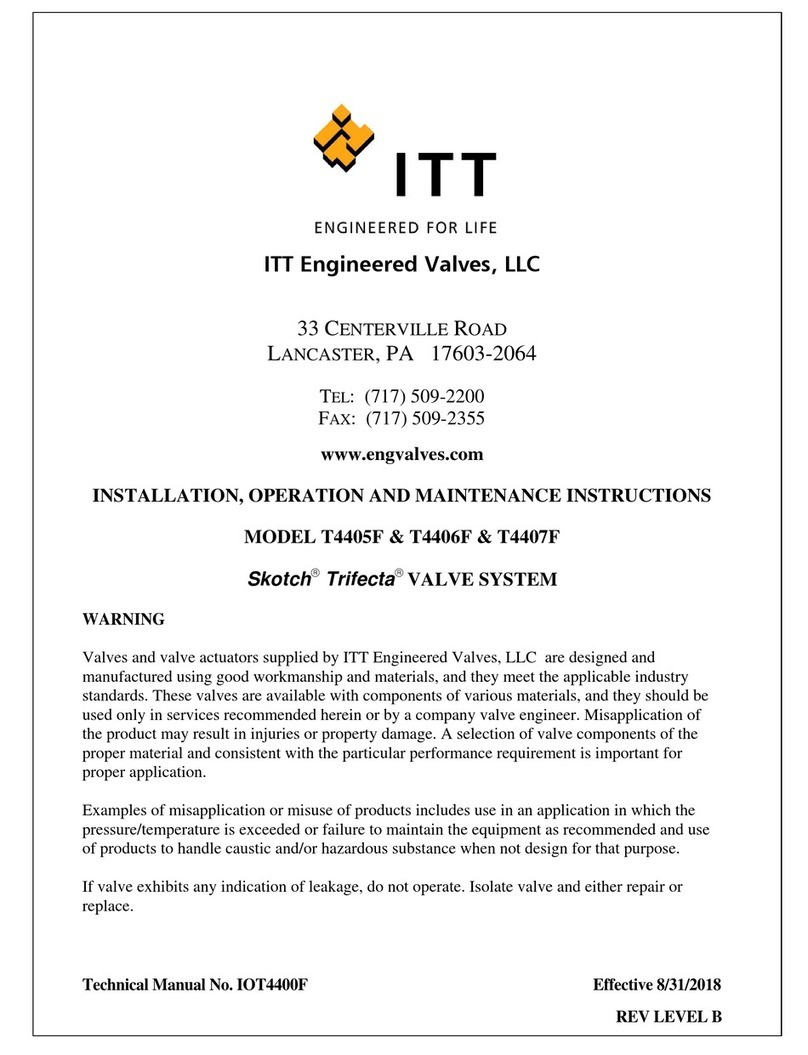
ITTEngineered Valves, LLC Page 5 of 24
Technical Manual No. IOT4600F Effective 8/31/2018
REV LEVEL -
I. DESCRIPTION
The Series T4600F Trifecta Burner Valve System provides all the isolation and venting
functions necessary for automated operation of gas-fired burners in utility and industrial
power plants. These include double block of the main gas line and venting the chamber
between blocks to atmosphere. Hence, the term "Double Block and Vent" or “Double
Block and Bleed”. The vents are sized in accordance with Industrial Risk Insurers (IRI)
and National Fire Protection Association (NFPA) recommendations. To satisfy code
requirements, Proof of Closure (POC) switches utilizing valve seal overtravel are
supplied as standard to prove the valve is closed. Optional switch to monitor valve open
position can offer added feedback for plant DCS systems.
The Model T4605F valve system, which is the Fail-in-Last Position model, utilizes a dual
coil momentary contact pilot solenoid valve for pneumatic operation and requires
compressed air and electric power to open and close. The system fails in last position on
loss of air or electric power. It will not hold this position indefinitely if air is lost.
Model T4605F valve systems can never be Factory Mutual (FM) approved due to the
mode of failure.
The Model T4606F and T4607F valve systems, which are the Fail Closed models, utilize
a solenoid operated spring return pilot solenoid for pneumatic operation and require
compressed air and electric power to open. The system closes on a loss of pneumatic or
electric power.
Model T4606F valves incorporating specific options are Factory Mutual approved for
Natural Gas Safety Shutoff Valves per FM Approval Standard Class 7400. Valves
meeting the requirements of FM are tagged as such.
Model T4607F valves are not Factory Mutual listed with valve configuration.
Outside of the solenoid valve that controls the actuator all other aspects of the valve
system are the same between the all model numbers.
A single Skotch gas valve is typically installed in place of a multiple valves arrangement.
Consult order specification for detailed specifications of equipment supplied on each
project.
